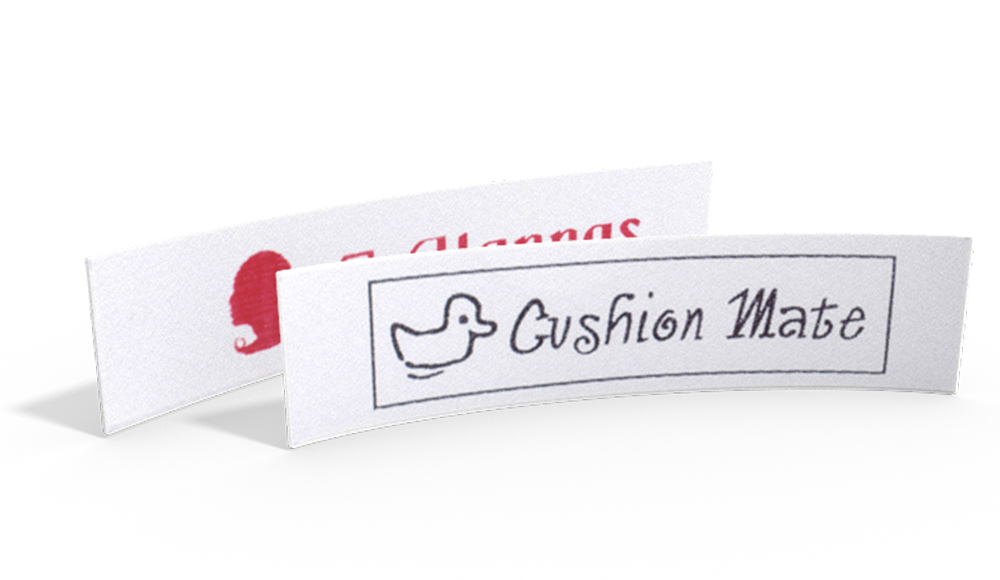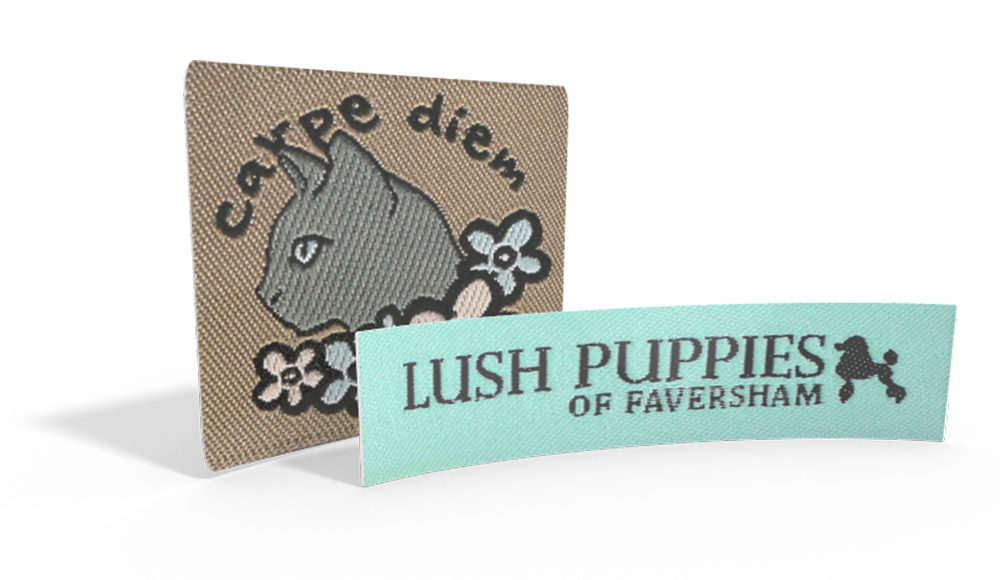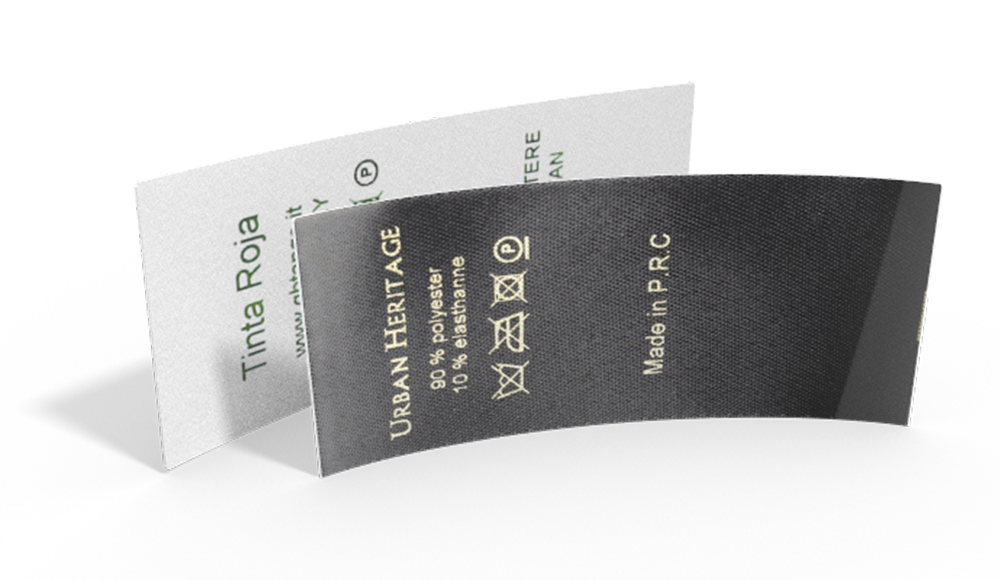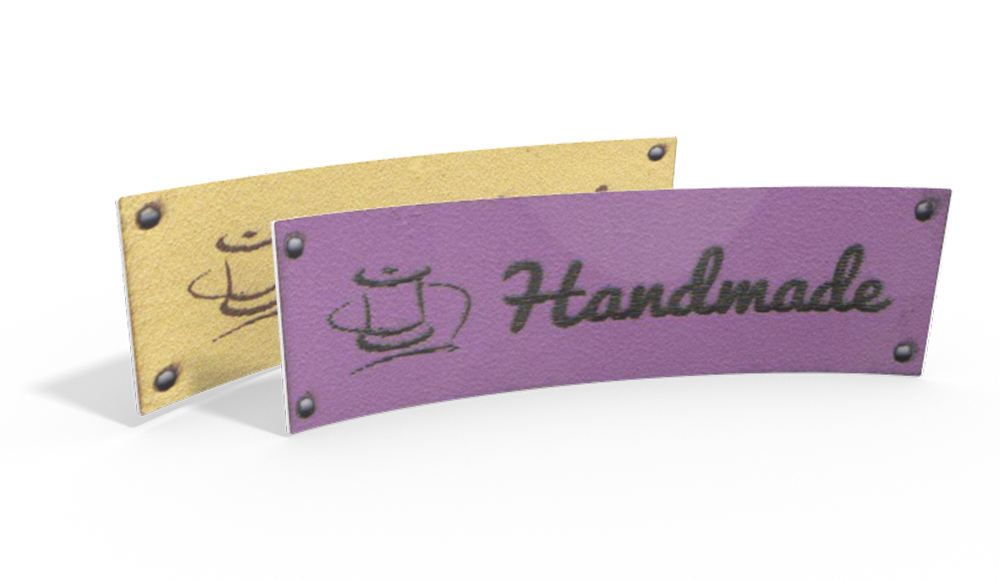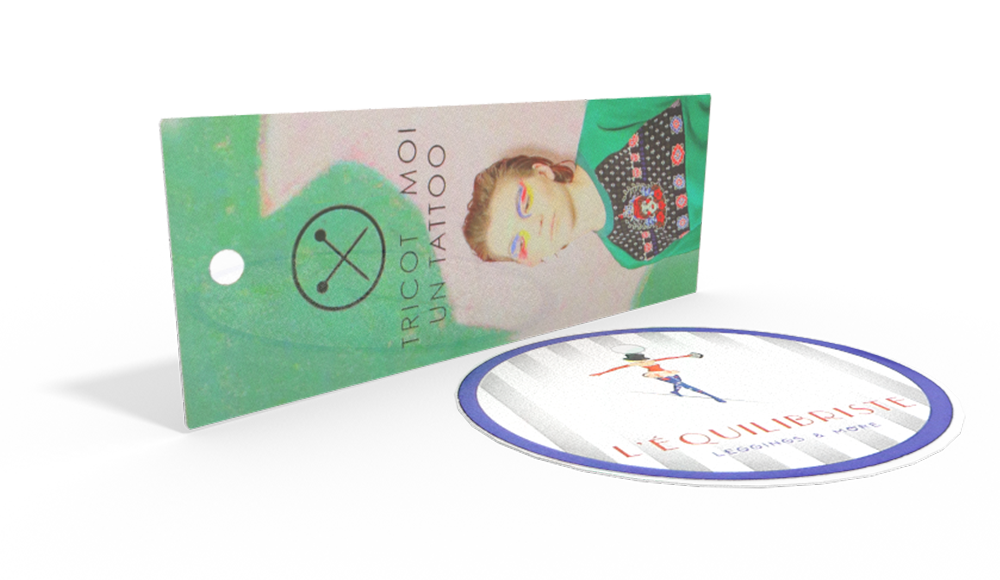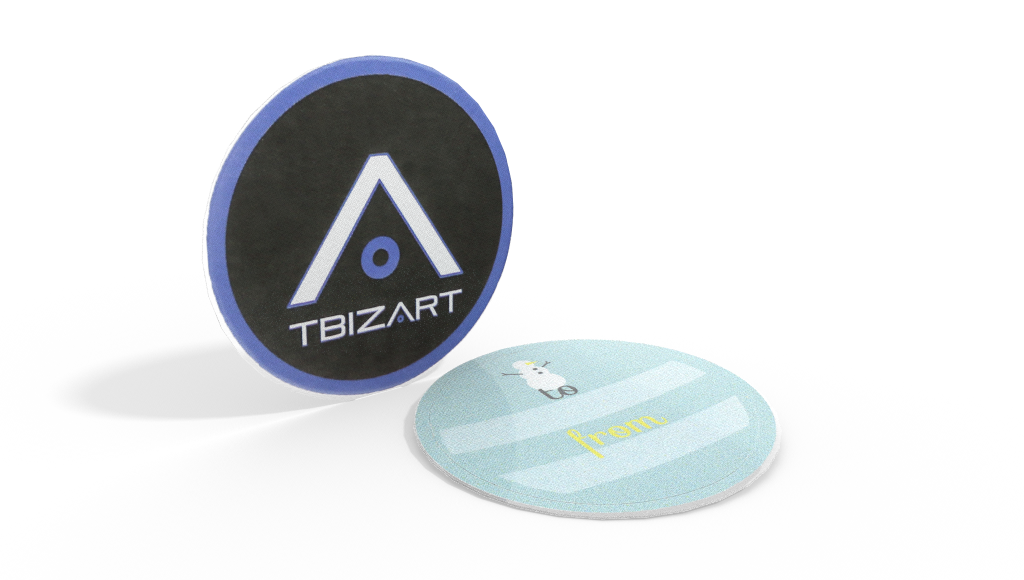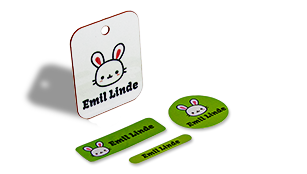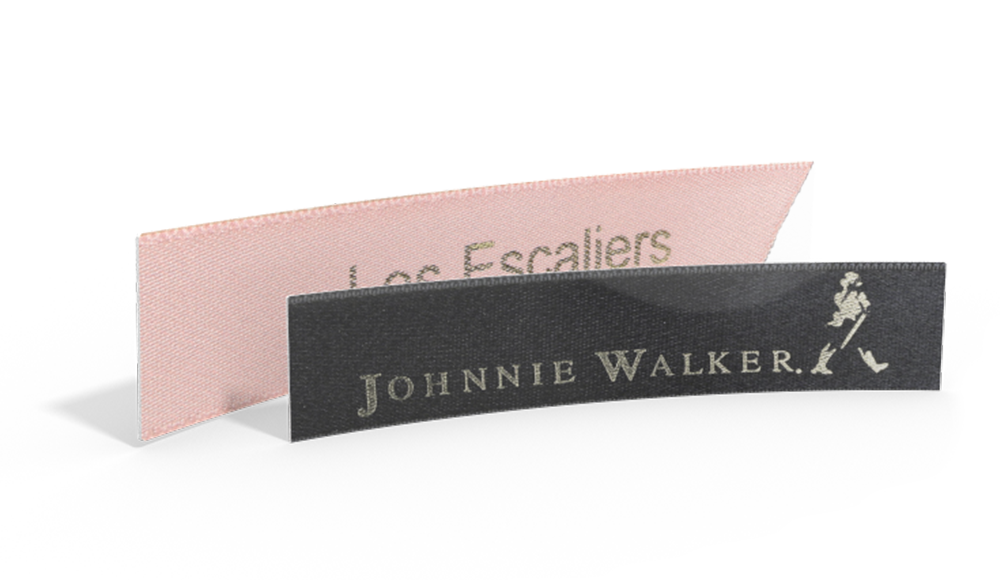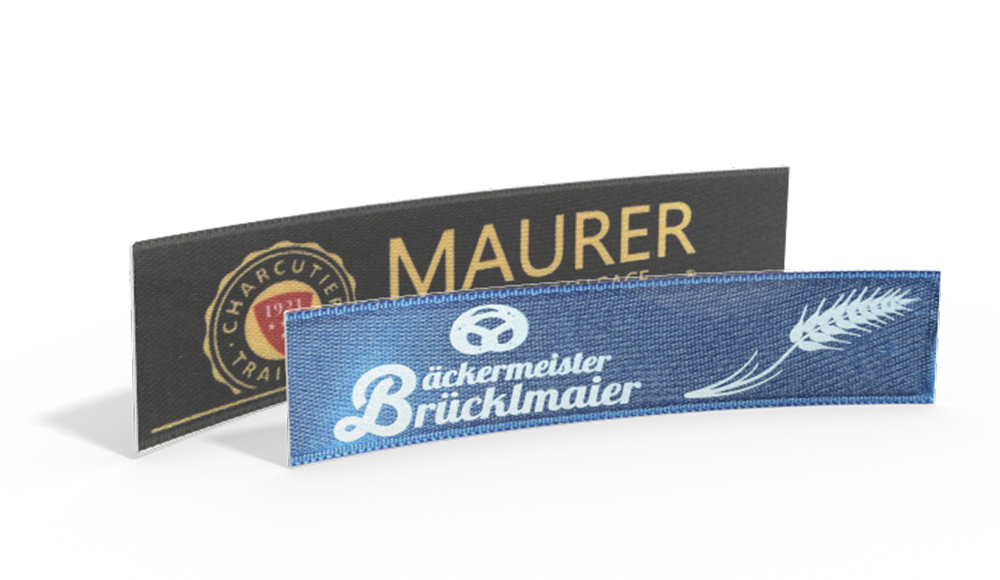Velvet is such a luxurious fabric to work with! With rich, bold colors, unbeatable sheen, and, of course, that fantastically touchable texture, pieces made from velvet are a joy to wear or display. Unfortunately, it's not quite as much of a joy to actually sew. Like most textured fabrics, it has some quirks that can make it downright nightmarish for sewists just getting started with it. Thankfully, we can now learn from all their mistakes without having to make them (or at least not all of them) ourselves. Check out these tips and tricks for working with velvet!
1. Choose simple, unfitted styles
Velvet is a fabric with pile, meaning it has an additional set of threads that are woven and then cut to create the fuzzy surface that gives velvet its signature texture. This also means that seams in velvet tend to be stiffer and bulkier than similar fabrics without pile. Avoid using designs that rely heavily on seams for fitting, such as darts and princess seams. Instead, opt for looser, boxier cuts that use pleats or gathers to add fullness where it's needed.
2. Pay attention to pile
So you know velvet has pile, which means it also has nap, or a directionality to the fiber. If you run your hand "down" the pile, it will feel smooth and look lighter and shinier. Run your hand over the velvet in the other direction and the velvet will look darker, softer, and more richly colored.
There's no right or wrong direction to cut; though most garments are traditionally cut with the pile running down from top to bottom, you can easily reverse this if you want the color and texture of your piece to be different. It is crucial, however, to be consistent. If you cut pieces with the pile running in different directions, it will be immediately noticeable. Of course, you can make this an element of your design, but that's the only reason you should ever consider it. Always buy a little extra velvet to accommodate laying out your pattern in this "with nap" layout.
3. Always cut from the wrong side
If you try to mark and cut velvet from the right side, you're going to notice a couple things right away. First, it is tricky to mark pile fabric accurately. Depending on the length of the pile, your markings can be off by quite a bit, certainly enough to affect the fit of your garment. It can also mean that the markings you thought were solidly in the seam allowance might make a bit of an appearance on the right side of your fabric once your sewing is done. Additionally, the pile has a tendency to swallow up marking materials. Marking pens tend to bleed and splotch, chalk gets blurred, and thread tracing just vanishes.
Instead, always flip your project over and mark and cut from the back. This ensures that you're marking and cutting the base fabric, which greatly improves your accuracy. Using a rotary cutter can also improve your accuracy when working with velvet. Be sure to lay a cutting mat down beneath your fabric if you opt to use a rotary cutter; not only does this protect your work surface, it also keeps your blades from dulling and snagging in your fabric.
4. Use gentle marking techniques
One of the biggest challenges when working with velvet is avoiding crushing the pile. When marking the fabric, it's easy for tracing wheels or marking pencils to press the velvet flat and cause damage to the fabric. Instead, opt for tailors' tacks, using a fine needle and thread. They're perfect for leaving marking all the important features of your project, and leaving absolutely no trace of their presence when you're done. A marking pen is also a good option, but be sure to test it on a scrap of fabric to make sure it doesn't bleed through and, if it's the vanishing type, make sure it really does vanish!
5. Baste your pieces first
Velvet is infamous for "creeping," meaning the two layers of fabric you're trying to sew tend to shift and slide over one another while you work. Keep everything in place by basting your seam lines before you start sewing by machine. Hand basting is quick and easy, and can save you lots of unpicked seams later, and since velvet tends to show every machine-made stitch mark, you definitely want to avoid having to rework seams. Use a fine hand sewing needle and thread to place long, diagonal stitches in the seam allowance. Keep them loose enough to easily remove, but tight enough to keep the material in place as you sew.
6. Use a walking foot
Another tool to prevent creep is a walking foot, which is a presser foot that includes a second set of feed dogs that move the top layer of fabric under the needle at the same rate as the bottom layer. This can also minimize crushing that can occur when using a standard presser foot. No matter what type of foot you use, you should lower the pressure. This can also help minimize creep if a walking foot isn't an option.
7. Trim your seam allowances
Reduce the bulk and stiffness in your seams by trimming excess seam allowance. Where more than two layers come together, grade your seam allowances by trimming the interior layers slightly smaller than the exterior layers. This will help minimize bulk and allow the velvet to drape more naturally.
8. NEVER PRESS!
Never, ever press velvet as you would, say, cotton, using a hot iron directly on the fabric. You will permanently crush the pile and forever ruin the signature look and feel of the fabric. Instead, finger press your seams open using gentle pressure, and if necessary, steam from an iron held above the fabric can help provide a little extra encouragement for the fibers to relax.
9. Sew in any stabilizers
Since ironing is out of the question, ironing-in stabilizer isn't an option. Velvet does have a bit of drape and stretch, even in woven (as opposed to stretch) varieties, so reinforcing areas such as collars, waistbands, and closures is a good idea. Instead of iron-in interfacing or stabilizers, use a stitched-in layer of lightweight interfacing or material like silk organza.
If you also want to incorporate woven labels, we can help you make the right choice.
10. Hang before hemming
Because of its stretch and weight, it's a good idea to let your projects hang for a day or two before hemming them. Re-mark the hem line before cutting and stitching. If your hems are considerably longer than necessary, give them a rough cut to within a few inches of the expected hemline before allowing to hang. The fabric may spring back a bit with the excess weight removed.
Use only a single fold hem to avoid adding excess weight and bulk at the hemline. Finish the raw edge with a serger or zigzag stitch, or with bias tape, and blind stitch the hem. The tiny stitches will all but vanish into the pile of the velvet, making for an elegant, invisible seam.
11. Try different weights of velvet
Not all velvets behave the same. Traditionally, velvet was made entirely of silk, but today there are a wide range of options available, including silk and synthetic blends. There are even stretch velvet options, which have the soft pile of velvet combined with the flexibility of a knitted backing fabric. Different velvets will behave differently, so keep in mind what you want when you're looking for material for your next velvet project. Look the fabric over and get a feel for its weight, drape, and stretch. The same project made in different velvets can have a very different look.
12. Use stretch techniques for sewing stretch velvet
If you do opt to use stretch velvet, make sure to use the proper settings on your sewing machine. Avoid stretching the fabric as you work—a walking foot comes in doubly handy in this case. Sew on a surface that's large enough to support your entire project while you work. Even the weight of the fabric hanging over the table edge can be enough to over-stretch the fabric and cause rippled seams.
13. Choose closures carefully
Velvet has such a fine and elegant look that it deserves closures to match. Invisible zippers look nice, but tend to get caught in the fibers of the pile. Instead try a hand-picked zipper. These are stitched in by hand, and have a reputation for being sturdier than your average zipper. In most fabrics, the "picks" of the stitches show through as tiny orderly dots, but on velvet, they tend to disappear into the pile, making the seam essentially invisible.
14. Use the right needles and thread
Stitchwork shows in velvet, so when it comes to needles and thread, opt for something fine. Microtex needles are very sharp and delicate, which minimizes needle marks. Silk thread is thinner than most of its cotton or polyester counterparts, but it isn't strictly necessary. Just be sure to use the appropriate weight of thread for the needles you're using or the needles will cause the thread to fray and break.
Now you've mastered many tips & tricks about sewing with velvet. Try starting with a small sewing project, for example, a child's skirt. We have a free tutorial "How to Make a Skirt for a Child" for you.
By the way, a self-sewn child's skirt or dress is a beautiful sewing idea for craft fairs.


